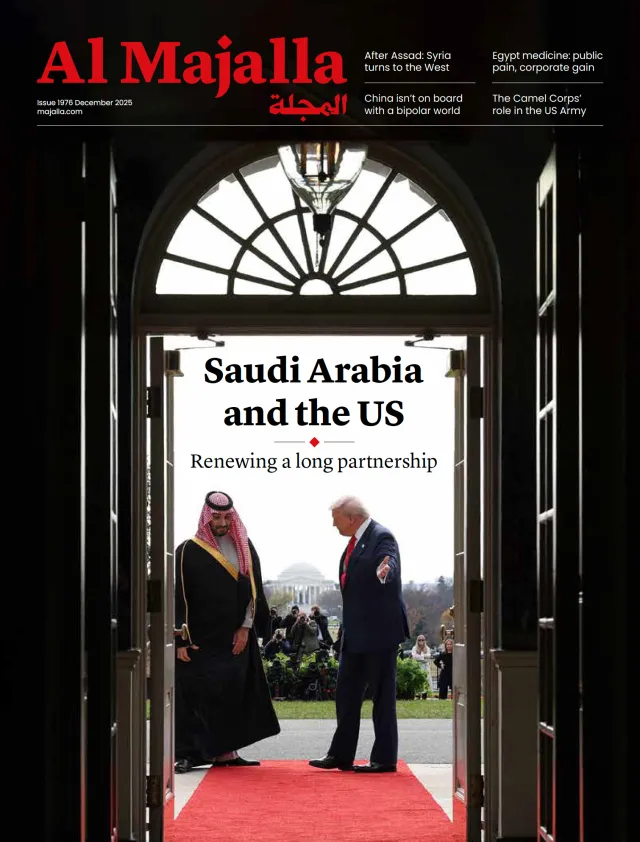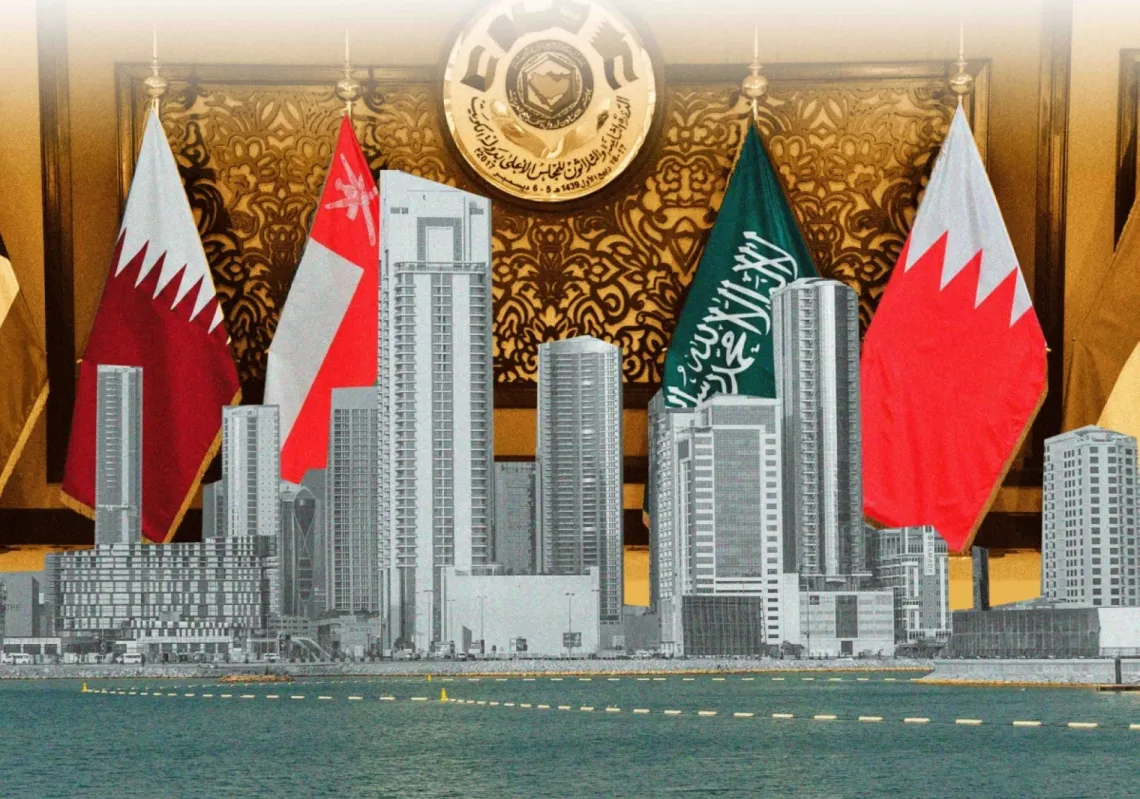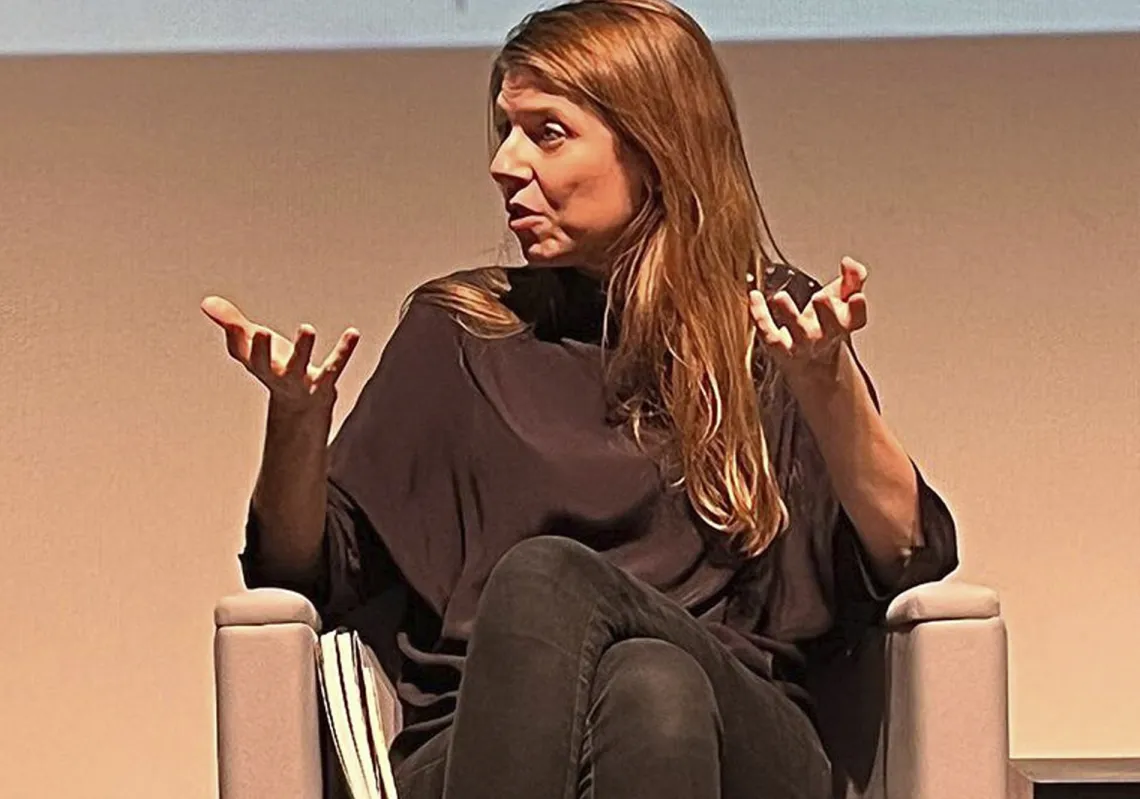President Donald Trump's public admiration for Syria's transitional president came as no surprise. The two leaders share a mutual appreciation for strength and for going up against the system and winning. After their meeting in Riyadh, Trump told reporters that Ahmed al-Sharaa was a “young, attractive guy. Tough guy. Strong past. Very strong past. Fighter.” Trump and al-Sharaa also share a remarkable ability to connect with their respective constituencies through social media, positioning themselves as the sole saviours and champions of their people.
Al-Sharaa’s journey—from his stints with the Islamic State (IS) and Al-Qaeda to becoming a head of state welcomed in global capitals—has solidified his image among ordinary Sunnis as a hero. Sunni pride in having triumphed in the civil war translates into support for the wartime leader.
An Economist survey published on 2 April polled 1,500 Syrians from across the country’s provinces and sectarian groups, and found that 81% of Syrians approve of al-Sharaa’s rule. That figure has likely risen following the lifting of US sanctions.
But not so long ago, al-Sharaa enjoyed nowhere near this level of popularity. He was considered too closely associated with jihadist extremism to be accepted into the mainstream of the Syrian revolution. Many of the TV pundits and social media influencers who today wax lyrical about his charisma and political acumen had once denounced him in the harshest terms.
Of course, success inevitably draws supporters to the winning side; such opportunism is hardly surprising. Yet another subtler dynamic is at play: al-Sharaa’s deliberate courting of Sunni Arab populism. This is a factor often overlooked in the West, where discussion primarily revolves around investing in al-Sharaa’s pragmatism and lifting sanctions to tap into Syria’s reconstruction bonanza.
In parallel, however, a distinctly different narrative has gained momentum inside Syria—one carefully cultivated to make al-Sharaa unassailable in the Sunni street: Umayyadism.

Neo-Umayyadism
Promoted by al-Sharaa’s close advisers and amplified by loyal social-media influencers, this nostalgic concept proclaims to Syria’s Sunni Arabs that they are the new Umayyads. Pro-government media personality Musa al-Omar (685,000 followers on X) posted on his socials on 19 February a video of al-Sharaa riding a horse to a song whose opening line was: “The Umayyads are of golden lineage / their name sent fear in Persian kings/books cannot praise them enough.”
When al-Sharaa visited King Abdullah II in Jordan on 26 February, “The Umayyads meet the Hashemites” was the main tag line of HTS-run social media accounts. Pro-government cleric and chairman of the national dialogue preparatory committee, Hasan al-Dughaim, proclaimed to a group of Christian leaders on 21 April that the new state would treat them fairly “just as the Umayyads did.”
It is a flattering and powerful comparison: for 89 years (661-750 CE), the Umayyad dynasty ruled an empire stretching from North Africa to the Caucasus and Central Asia, with Damascus as its imperial capital.
Later, the Umayyads established themselves in Spain, ruling from Cordoba for 275 years (756–1031 CE). Known as a worldly and pragmatic dynasty, they adapted and refined Byzantine administrative structures, maintained relative tolerance towards Jews and Christians and suppressed the Kharijites–the Islamic State (IS) of their day.
The Umayyads were also the historic enemies of Ali, the fourth caliph of Islam and the most revered figure among the Shiites. The Umayyads rebelled against Ali and fought his descendants, most notably his son Hussein, who was slain by the second Umayyad “caliph” Yazid in Karbala. This history makes the Umayyads the epitome of evil in Shiite theology.
Moreover, the Umayyads were Arab nationalists whose policies systematically discriminated against Persians. In an Arab country saved from “Iranian occupation”, the Umayyads represented everything that al-Assad and Iran were not.













